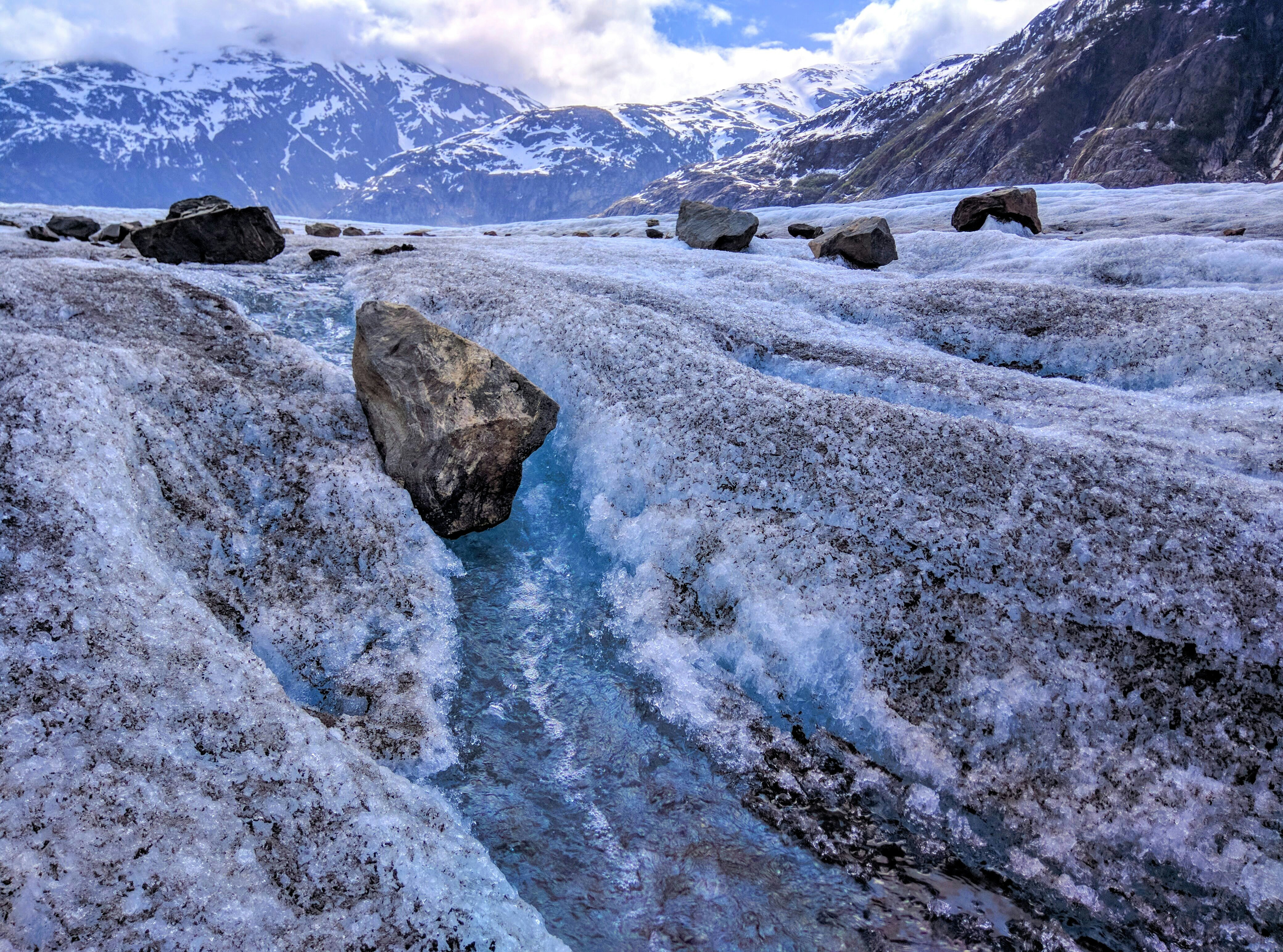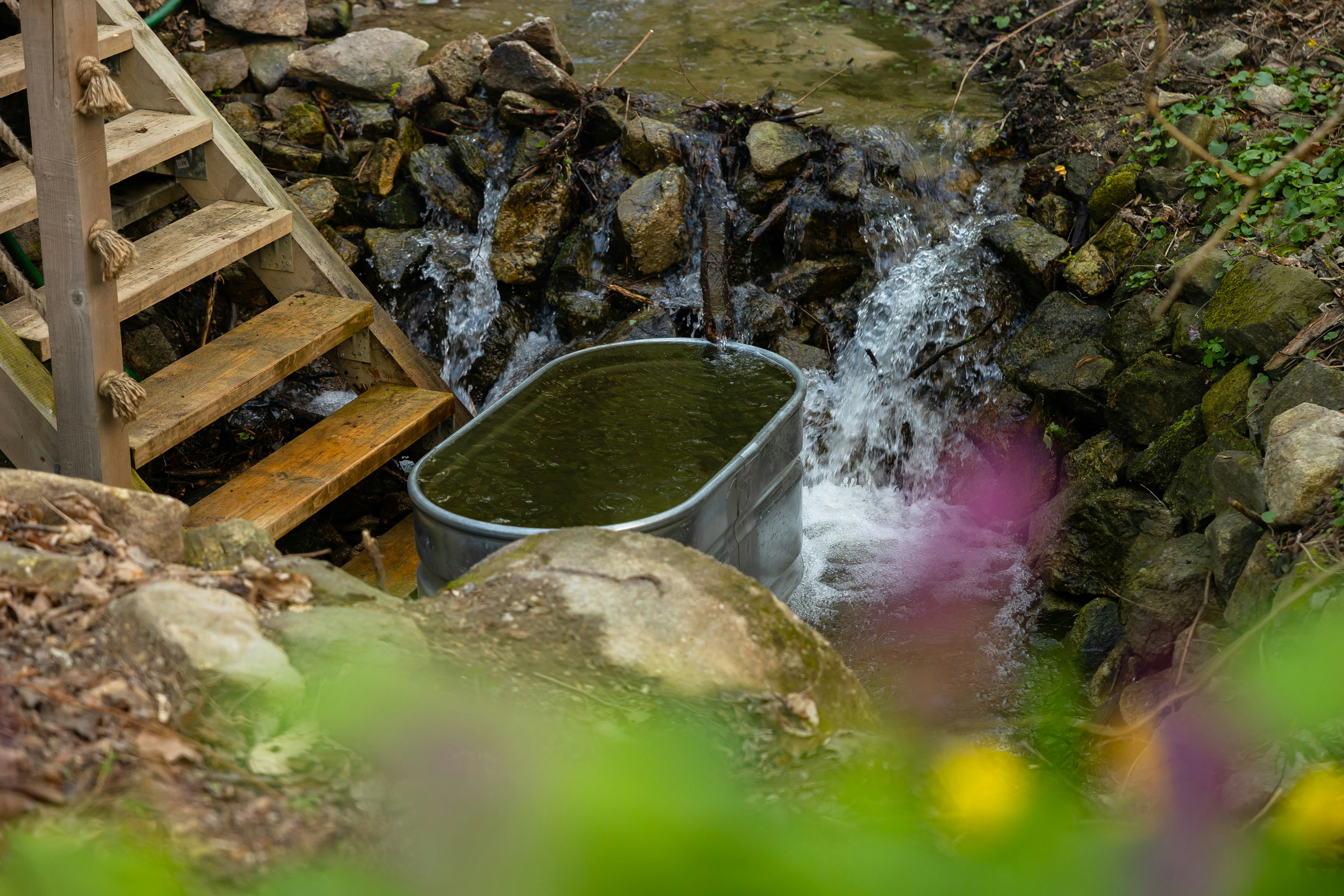Have you ever thought about taking the plunge—literally? The idea of immersing yourself in freezing water might sound intimidating at first, but cold plunge experiences can be both invigorating and transformative. A thrilling blend of mental and physical stimulation, cold plunging has been gaining popularity among wellness enthusiasts around the world. If you’re curious about its benefits and how to integrate this chilly practice into your life, you’re in the right place.
From overcoming the initial shock of icy water to understanding the science behind its numerous health benefits, we’ll guide you through the journey of embracing cold plunge experiences. Armed with the right information, you can discover a new way to invigorate your senses and enhance your well-being. So, let’s look at everything from the exciting history of cold plunging to tips on making your first plunge a success.
The History of Cold Plunging
Cold-water immersion is not a new concept; it traces back to ancient civilizations. Many cultures have utilized cold water for therapeutic and ritualistic purposes.
Ancient Practices
In ancient Rome, cold baths were a staple in the daily routine. The Romans believed in the robustness of body and mind that cold plunge brought. Similarly, Nordic cultures embraced cold water swimming, often diving in after a sauna session for a brisk contrast that invigorated their bodies.
Modern Developments
Fast forward to today, cold plunging is being rediscovered and redefined. It’s no longer just the realm of elite athletes or adventurous souls; everyday people are beginning to see its value. With a resurgence in holistic health practices, cold plunge experiences are being appreciated not just for the adrenaline rush, but for their potential to bolster health and offer a unique way to challenge oneself.
The Science Behind Cold Plunging
While splashing into cold water might feel like a shock, it’s one that the body can adapt to over time, bringing a host of benefits that are supported by science.
Physical Benefits
Boosting Circulation
Exposure to cold water causes the blood vessels on the surface of your body to constrict. Consequently, this compels the blood to shift towards your vital organs, promoting enhanced circulation. Once you exit the water, your vessels expand, sending freshly oxygenated blood to your body’s tissues. This process can improve circulation over time and contribute to cardiovascular health.
Strengthening Immune Response
Some studies suggest that regular cold water immersions can boost the immune system. The stress response triggered by cold water can increase white blood cell count, which plays a critical role in defending the body against illnesses.
Enhancing Muscle Recovery
Athletes and fitness enthusiasts may already be familiar with cryotherapy. Cold plunging similarly helps lessen inflammation and accelerates muscle recovery, making it an optimal post-exercise ritual.
Mental Benefits
Increasing Mental Fortitude
The initial few seconds in cold water feel intense, but breathing through the discomfort strengthens mental resilience. Over time, you’ll find that facing your fears head-on becomes easier, enhancing your capability to handle stress.
Boosting Mood and Productivity
The rush of endorphins that follows a cold plunge is known to lift moods and increase alertness. Many enthusiasts report heightened productivity and a more positive outlook on the day as a result.
Tables Illustrating Benefits
To better understand, here’s a summary table of both physical and mental benefits:
| Category | Benefits |
|---|---|
| Physical Benefits | Improved circulation, better immune function, enhanced muscle recovery |
| Mental Benefits | Increased resilience, enhanced mood, improved productivity |
Preparing for Your Adventure
Before you embark on your cold plunge journey, a little preparation goes a long way in ensuring you have a positive first experience.
Mental Preparation
Approach your first plunge with an open mind and the understanding that discomfort is part of the process, but also part of the reward. Visualizations, mindfulness, and deep breathing exercises can help set the stage for your cold water endeavor.
Physical Preparation
Spend a few minutes warming up before you take a plunge. Gentle exercises like stretching, jogging, or a brisk walk can get your blood circulating and prepare your body for the shock of the cold water.
Choosing the Right Environment
Consistency and safety are key. If you’re near a safe body of cold water, like a lake or ocean, confirm conditions are suitable for swimming, with no strong currents or dangerous obstructions. If you’re at home, consider investing in a cold plunge pool or repurposing a bathtub with ice.
Executing the Plunge
Understanding the right techniques will help you not only tolerate the cold but also enjoy the plunge.
Entry
Ease your way into the water. Sudden movements can increase the shock of cold. Gradually submerging your body acclimates it to the sudden temperature change.
Breathing Techniques
Once immersed, focus on your breathing. Even, deep breaths help calm your nervous system and reduce the body’s fight-or-flight response. Count your breaths to rhythmically synchronize your mental focus.
Duration
Start with shorter dips of one to two minutes and gradually extend the time as your body becomes accustomed. Listen to your body and step out if you feel too uncomfortable or experience numbness.
The After-Effects of Cold Plunging
The impact of a cold plunge doesn’t stop when you exit the water. There are several considerations and practices to optimize post-plunge benefits.
Rewarming Phase
Comfortable warmth should follow the chill. Use towels, layers, or a warm drink to gradually bring your body back to normal temperature. Rapid heating methods, like hot showers, might negate some of the physiological benefits achieved from cold immersion.
Reflecting on the Experience
Take a moment to reflect on your cold plunge. How did it make you feel physically and emotionally? Would you like to make any adjustments for your next plunge? Recognizing the changes you’ve experienced can enrich the practice.
Incorporating Cold Plunges into Your Routine
Consistency is the amplifier of benefits. Here’s how to seamlessly introduce cold plunges into your routine.
Establishing a Schedule
Plan your plunges according to your lifestyle. Some find morning plunges kick-start their day, while others prefer evening immersions to decompress. Find a frequency that balances enjoyment with commitment—perhaps once or twice a week to start.
Identifying Goals
What do you aim to gain from your cold plunge practice? Whether it’s boosting your immune system, building resilience, or integrating a new wellness ritual, setting clear intentions solidifies practice and keeps you motivated.
Tracking Progress
Maintain a journal of your experiences and observations. Record your physical sensations, emotional responses, and any improvements in health or mental clarity. Over time, this personal log can show how far you’ve come and highlight areas for continued growth.
Addressing Common Concerns and Myths
Dispelling myths and addressing concerns can demystify cold plunging and provide you with peace of mind.
Is Cold Plunging Safe?
For most individuals, cold plunging is safe, although those with certain health concerns should consult a medical professional before starting. People with cardiovascular issues, uncontrolled high blood pressure, or breathing problems should use additional caution.
You Won’t Catch a Cold
Contrary to popular belief, cold exposure won’t directly lead to common colds. Adaptations from regular practice can actually bolster your immune defenses.
Understanding Discomfort
The monochrome portrayal of discomfort is damaging—embrace it as an instructive sensation. With practice, what once felt intolerable may soon become a sensation you crave and thrive on.
Embracing the Adventure: Stories and Inspiration
Hearing from those who have walked (or, more accurately, dipped) before you might inspire and encourage you on your path. Many cold plungers report transformative changes beyond the physical; they often speak to deepened self-awareness and a profound connection with nature. You may follow these stories through community groups or literature focused on cold water experiences.

Conclusion: The Start of Your Icy Adventure
Cold plunging isn’t just a physical activity—it’s an adventure that touches the mind and spirit. As you start your journey, remember to celebrate each step and embrace each sensation. The road may be cold, but it’s one paved with opportunity for growth and renewal. Here’s to the reserves of strength you didn’t know you had, to the freshness of cold air and water, and to every layer of yourself that you’ll uncover along the way.




